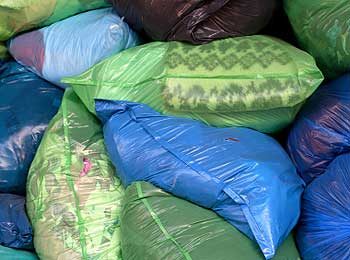
Plastic Bags
1. Protect plants from frost
When frost threatens your small plants, grab a bunch of plastic bags to protect them. Just cut a hole in the bottom of each bag. Slip one over each plant and anchor it inside using small rocks. Then pull the bags over the plants, roll them closed and secure them with clothes pegs or paperclips. You can open the bags up again if the weather turns warm.
2. Start poinsettia buds for Christmas
Christmas poinsettia usually look their best by the time the holidays arrive. You can speed up Mother Nature by placing the poinsettia in a large, dark garbage bag for several weeks to wake up the plant’s buds.
3. Protect your shoes from mud
If, after a hard rainfall you need to get out in the garden to do your regular weeding, but you’re worried about getting mud all over your shoes, cover them in plastic bags. The mud gets on the bag, not on the shoes, and your feet remain dry so you can stay out in the garden.
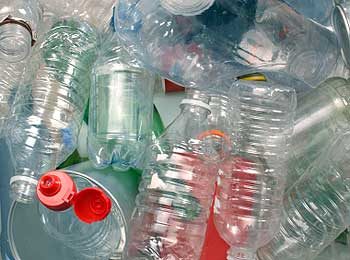
Plastic Bottles
4. Use as a boot tree
Want to keep your boot tops from getting wrinkled or folded over when you put them in storage? Insert a clean, empty 1-litre soft-drink bottle into each boot. For added tautness, put a couple of old socks on the bottles or wrap them in towels.
5. Clean a barbecue easily
That neighbourhood barbecue was fun, but your barbecue is a sorry mess now. Take the racks off and place them in a garbage bag. Spray oven cleaner on the grill and close up the bag. The next day, open the bag, making sure to keep your face away from the fumes. All that burned-on gunk should wipe right off.
6. Store your paints
Why keep leftover house paints in rusted or dented cans when you can keep them clean and fresh in plastic bottles? Use a funnel to pour the paint into a clean, dry milk or water bottle, then add a few marbles (they help mix the paint when you shake the container before your next paint job). Label each container with a piece of masking tape, noting the paint manufacturer, colour name and the date it was opened.
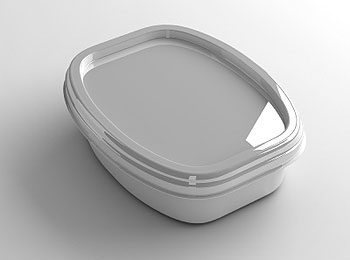
Plastic Lids
7. Keep the fridge clean
Drippy bottles and containers with leaks can create a mess on your refrigerator shelves. Create coasters from plastic lids to keep things clean. Place the lids under food containers to stop any potential leaks. If they get dirty, throw them in the dishwasher, while your fridge shelves stay free of a sticky mess.
8. Use as kids’ coasters
Entertaining a crowd of kids and want to make sure your tabletops survive? (Or at least give them a fighting chance!) Give kids plastic lids to use as coasters. Write their names on the coasters so they won’t get their drinks mixed up.
9. Scrape non-stick pans
We all know that stuff often sticks to so-called non-stick pans. And, of course, using steel wool to get it off is a no-no. Try scraping off the gunk with a plastic lid.
10. Separate frozen hamburger patties
If you’re planning a big barbecue and you want to get Organized in advance, season the meat as desired and shape it into patties. Place each patty on a plastic lid, then stack them up, place in a plastic bag and freeze. When the barbecue is fired up, you’ll have no trouble separating your pre-formed hamburger patties.
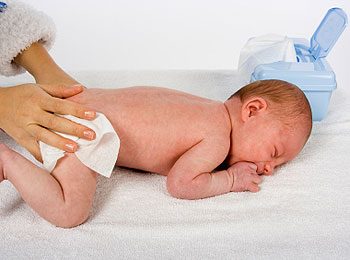
Baby-Wipes Containers
11. Organize your stuff
Don’t toss those empty wipes containers. These sturdy plastic boxes are incredibly useful for storing all sorts of items, and the rectangular ones are usually stackable. Give the containers a good washing and let them dry thoroughly, then fill them with everything from sewing supplies, recipe cards, coupons and craft and office supplies to old floppy disks, small tools, photos, receipts and bills. Label the contents with a marker on masking tape, and you’re set!
12. Store your plastic shopping bags
Do you save plastic shopping bags for lining wastebaskets (or perhaps for dog-walking duty)? If so, bring order to the puffed-up chaos they create by storing the bags in cleaned, rectangular wipes containers. Each container can hold 40 to 50 bags-once you squeeze the air out of them.
13. Hold workshop towels or rags
A used baby-wipes container can be a welcome addition in the workshop for storing rags and paper towels-and to keep a steady supply on hand as needed. You can easily keep a full roll of detached paper towels or six or seven decent-sized rags in each container.
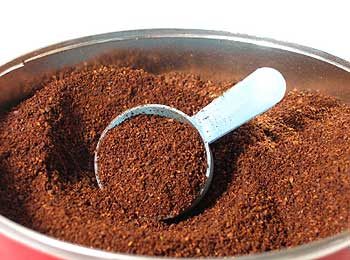
Coffee Tins
14. Eliminate workshop clutter
If you want small items like screws, nuts and nails to be handy, but you don’t want them to take up workbench space, here’s a way to get the small stuff up out of the way. Drill a hole near the top of empty coffee tins so you can hang them on nails in your workshop wall. Label the tins with masking tape so you will know what’s inside.
15. Soak a paintbrush
An empty coffee tin is perfect for briefly soaking a paintbrush in thinner before continuing a job the next day. Cut an X into the lid and insert the brush handles so the bristles clear the bottom of the tin by about a centimetre. If the tin has no lid, attach a stick to the brush handle with a rubber band to keep the bristles off the bottom of the tin.
16. Catch paint drips
Turn the plastic lids from old coffee tins into drip catchers under paint cans and under furniture legs when you’re painting. Protect cupboard shelves by putting them under jars of cooking oil and honey, too.

Corks
17. Replace soft-drink bottle caps
If you’ve lost the cap to your soft-drink bottle and need a replacement, just put a cork in it. Most wine corks fit the mouths of soft-drink bottles perfectly.
18. Fasten earrings
Earring backs always get lost, and you can’t always find a perfect-sized stand-in when you need it. Instead, use a snippet of cork as a temporary substitute. Slice a small piece about the size of the backing and push it on. A rubber cut off the end of a pencil will also work.
19. Create a stylish bead curtain
Want a creative, stylish beaded curtain for a child’s or teenager’s room? Just drill a hole through a series of corks and string them onto a cord, along with beads and other decorations. Make as many strings as you need and tie them onto a curtain rod.
20. Picture-perfect frames
If you’re always straightening picture frames on the wall, cut some small, flat pieces of cork-all the same thickness-and glue them to the back of the frame. The cork will grip the wall and stop it from sliding. It will also prevent the frame from marring the wall.
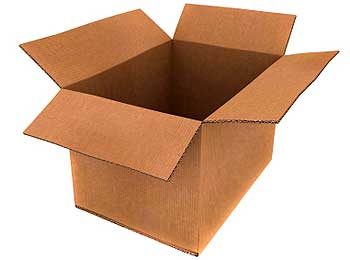
Cardboard Boxes
21. Organize kids’ sporting goods
Keep a decorated empty wine or liquor box with partitions, with the top cut off, in your child’s room and use it for easy storage of tennis racquets, baseball bats, fishing rods and anything else.
22. Repair a roof
For temporary repair on your roof, put a piece of cardboard into a plastic bag and slide it under the shingles.
23. Protect your fingers
Ouch! You just hammered your finger instead of the tiny nail you were trying to drive into a piece of wood. To keep this from happening again, stick the little nail through a small piece of thin cardboard before you start hammering. Hold the cardboard by an edge, position the nail and then pound it home. When you’re finished, use your bruise-free fingers to tear away the piece of protective cardboard.
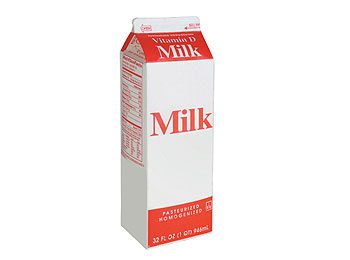
Milk Cartons
24. Instant kids’ bowling alley
Make an indoor bowling alley for children with pins made from empty milk and juice cartons. Just rinse the cartons (use whatever sizes you like) and let them dry. Then take two equal-sized cartons and slide one upside down into the other, squeezing it a bit to make it fit. Once you’ve made ten, set your pins up at the end of the hall and let the kids use a tennis ball to roll for strikes and spares.
25. Collect food scraps for compost
Keep an empty milk carton handy near the kitchen sink and use it to collect food scraps for your compost heap.